Q&A with Caroline Collett PR
Here at Design Insider we are in regular contact with Caroline Collett, Founder of Caroline Collett PR, and often benefit from the knowledge and expertise of her clients; perhaps you enjoyed our webinar with Claire Menzies’ or Pippa Nissen’s column series.
We thought we would take the opportunity to ask Caroline more about her background, her work in PR for the interiors sector and her key post-COVID19 PR tips for businesses working in this sector.
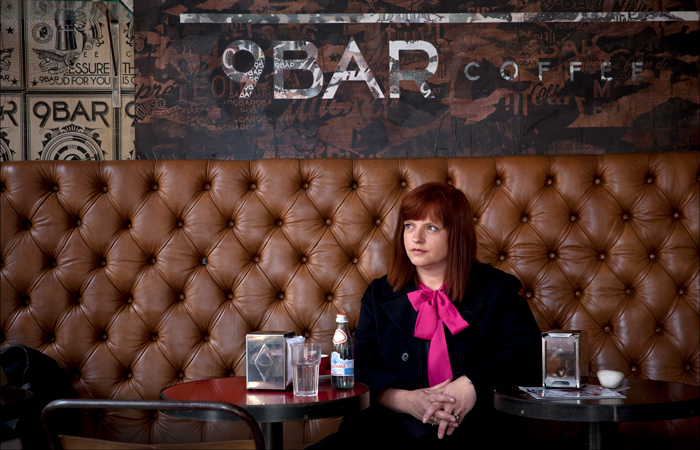
What led you to working in PR?
It was a complete accident, like many of life’s best moves. I started out in television, as a presenter and producer/director, before moving onto special events – film premieres and big charity fundraisers. Out of the blue, I was recommended to Rodney Fitch, the founder of one of the world’s great multi-disciplinary design agencies, and landed the role of Fitch’s Global PR Director. God knows why really, given I knew nothing about design, bar a personal predilection for the Bauhaus and Russian Constructivism, but we got on extremely well and went on to form a highly-successful partnership.
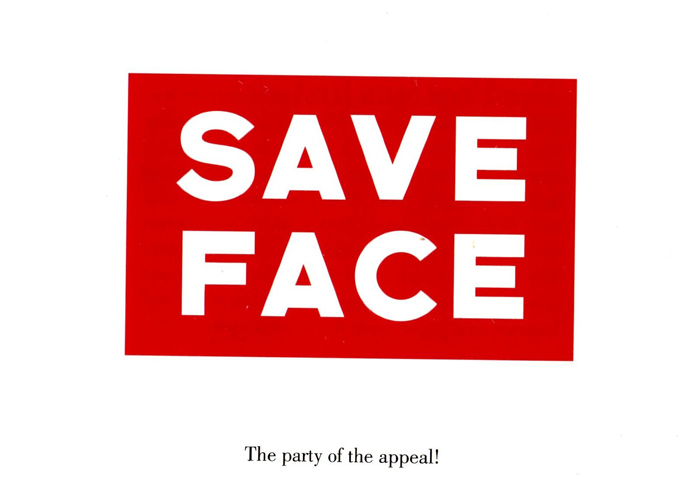
Before design Caroline worked in television and special events including the fundraising party to Save The Face Magazine after the Jason Donovan libel case.
Rodney was a great mentor and I learnt a huge amount from him and his star-studded leadership team, many of whom went on to helm major agencies themselves. Fitch was a long way ahead at that point, so when Rodney was ousted in a kind of financial coup, I decided to leave too and developed what then became my top game – helping smaller agencies grow and find their unique voice and position in the market.
Can you tell me about your business and the type of clients you work with?
I work with creative company founders to clarify and amplify their positioning. I help them understand the difference between a company, a business and a brand. Often, designers think of their clients as brands but struggle to understand they are also one. It’s my role to help them find a convincing and differentiated positioning; a unique mission; a series of core messages based on their expertise and sellable talents – and a voice. Only then do we think where and how that voice could be heard.
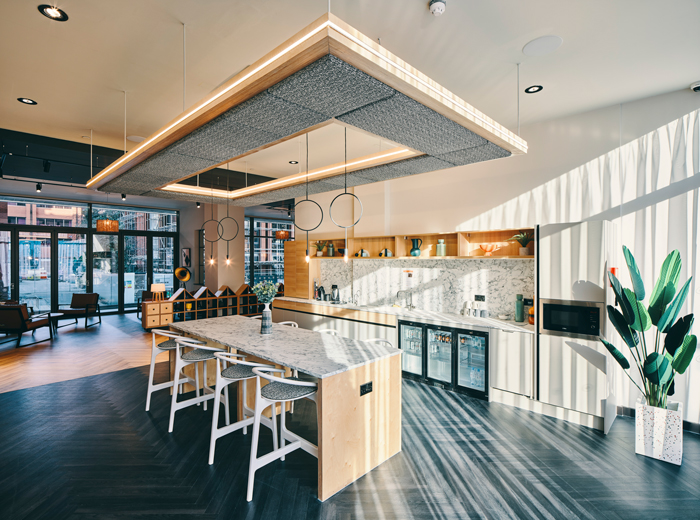
Symons House student amenity by current client 74 based in Manchester image by Gu Shi Yin.
I’ve worked with every kind of designer and architect over the past 27 years, as well as artists, art consultancies and photographers. I’ve helped build brands from scratch, such as Blacksheep and Goddard Littlefair, as well as representing major industry figures, from Rodney Fitch, Richard Seymour and Dick Powell to Adam Brinkworth and the inimitable Alex McCuaig of MET Studio. My current clients are spread all over the UK, which I love – from Istoria Group in Bristol to Nissen Richards Studio and align in London, 74 in Manchester and SpaceInvader in Manchester and Leeds. Sectors range from hospitality, retail and workspace to museums and residential.
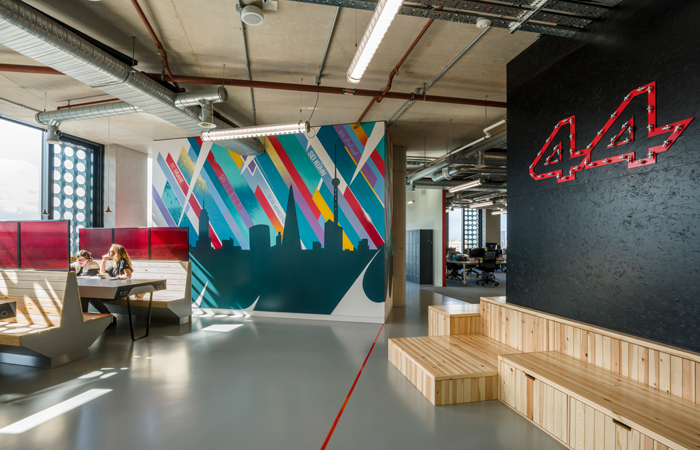
Current clients include align in London – image of Spark44 offices by Gareth Gardner.
Once a strategy is in place, copywriting and editing form a major part of what I do – along with plenty of listening, advising, confidence-building and, of course, publicising, via the media, speeches, awards, social media or marketing collateral. I like to think I’m a good bridge-builder between the visual and the written. All I ask is that I either really like or respect who I’m working for. Preferably both, though one is definitely the minimum! I work with real commitment, so I have to believe in what or whom I’m promoting.
Has your PR work always focused on the creative and interior sector?
Funnily enough, my first television job was in PR, in the press office of the nascent MTV Europe music channel.
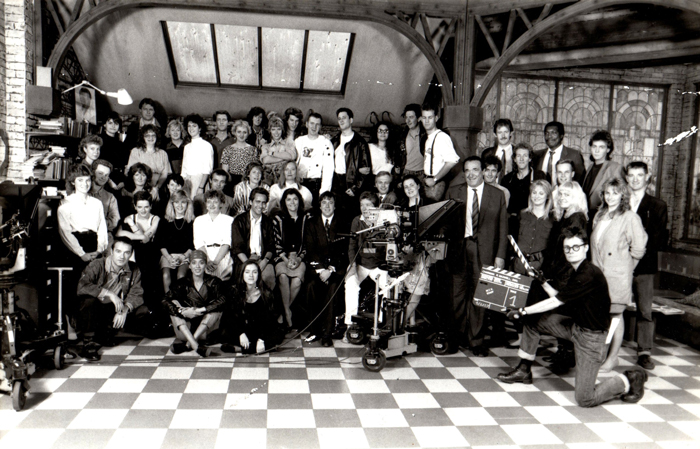
Caroline originally worked in TV PR for MTV Europe here with the launch team.
I worked on everything from press releases and photography commissions to how to handle pop star meltdowns or win a face-off with the Editor of the News of the World, under the tutelage of the station’s head of PR, Christine Gorham, who’d previously represented the Stones and Rod Stewart and was married to one of Thin Lizzy. She’d seen it all and was street-smart and then some – and fantastic fun! The whole thing was a riot. It was a very young, international company and the attitude was always ‘why not?’. I did everything from simultaneous translation for the company CEO to the Belgian government and the heads of the country’s media to win the Belgian broadcast licence to helping run the channel’s insane launch party, when we hired private trains and planes and flew a ton of pop stars to Amsterdam and then tried to control the door, when most of the city wanted to get in, whilst also coping with Elton-by-helicopter and the unexpected arrival of the local hells angels. Design PR was never going to faze me after that!

Ticket for the MTV Europe launch party.
What do you find most rewarding about working in the design sector?
The trust I’m given and the privileged glimpse of real talent at work. I always respect a genuine voice and love working with big personalities. I never seek to make clients blander. I hate all that. I’d much rather polish uncut gems and reveal the best of people. When I see the pleasure that comes from a first-ever front cover or speech or in-depth profile, it’s the best.
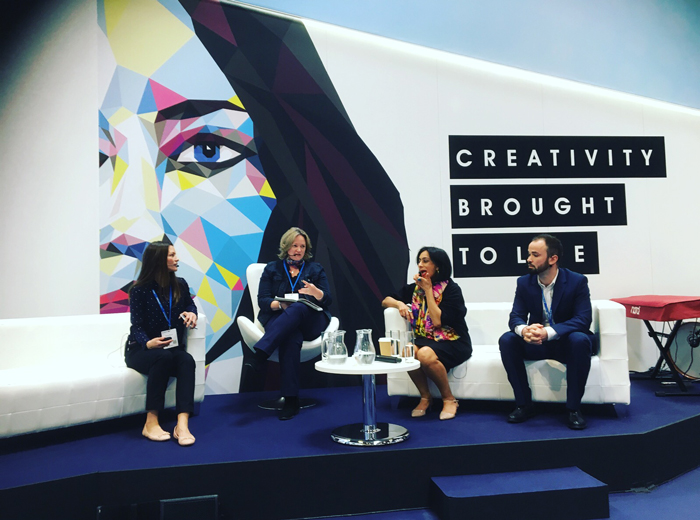
It’s a pleasure when clients do a first ever speech or panel appearance.
One of the keys to really good PR is being able to play devil’s advocate with clients. You have to speak plainly – though always courteously. As a Yorkshire lass, plain-speaking does come easily, though I always try to lace things with a good dose of humour! I try to represent the interests and viewpoint of journalists in order to push clients and make sure they’ll look sharp in print. The worst press materials are those written by committee; inarticulate fluff with no filtering, often just to placate internal politics. You always need to envisage the end-user in PR, just as you would with any design project.
How has PR changed in the years you’ve been working in it?
Sending a press mailer used to mean hours of mob-handed envelope-filling, with thousands of tiny caption stickers stuck onto 35mm slides. I much prefer today’s immediacy, especially for image transferral, and I’ve always been fascinated by the digital world and the means by which information reaches audiences. Nothing beats the pad of a cool print magazine from the other side of the world landing on my doormat, however, preferably with one of my clients’ projects on the cover!
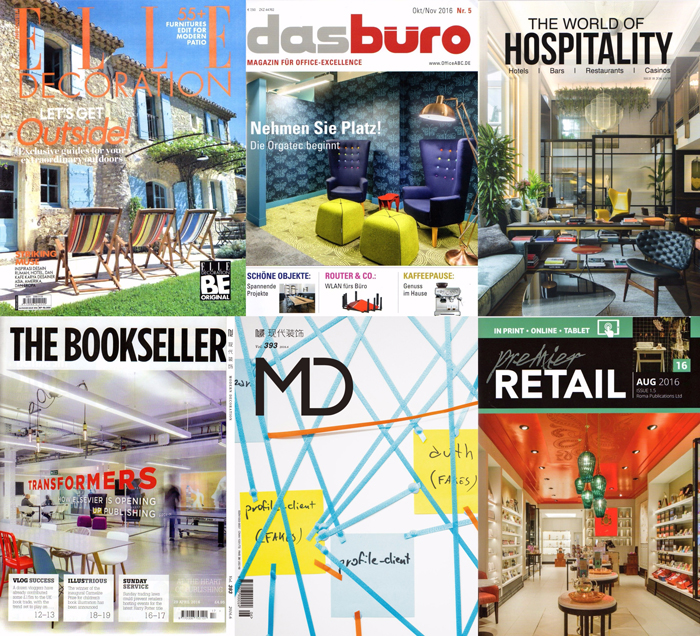
Nothing beats landing the front cover of a print magazine for a client.
At the same time, the essentials don’t change. A good story will still have the same hallmarks: great photography (still the most important element); market and social context; clear encapsulation, insight and detail and a peppering of genuinely useful quotes. Editors often compliment me on my press materials, which I’m very proud about because I know then I’ve represented my clients to the best effect.
How has COVID19 impacted this sector?
Hugely differently, depending on individual companies and their client sectors. For me, it’s been especially interesting to see what each client was made of, as their component parts were exposed internally and externally, as so often happens in a crisis. It’s led to a lot of reflection and introspection. For some, though financially challenging, it’s strangely been the making of them.
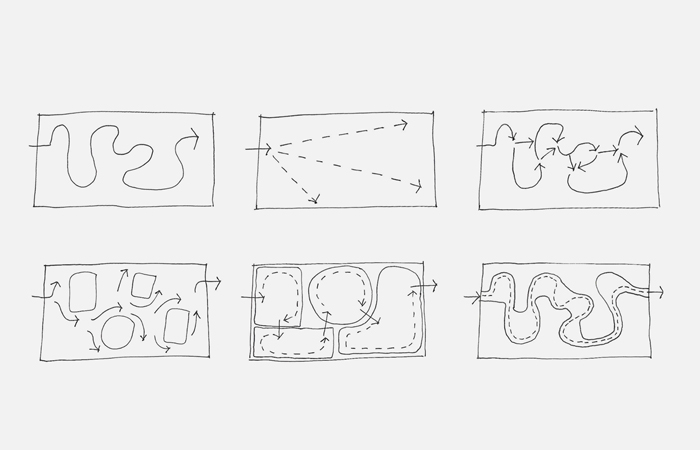
New routes through museums by Nissen Richards Studio in response to Covid19. Its worth spending time on ideas generation to stand out.
What I discovered was that companies who survived well in terms of integrity and leadership were very much those with existing clear values and purpose. The future will belong to purpose-led companies, there’s no doubt about that. More and more, people will want to work for and buy into companies with a pull as well as a push factor. Going forward, businesses will need to invest in their staff, have sustainability at their core, leave some fat on the bone for investment and work with a constant eye on the long-term. Businesses that will prosper are those thinking about heritage and legacy and not just maximising short-term profit.
What are your key post-COVID19 PR tips for businesses working in this sector?
- Be visible, even more than usual, by whatever means you have. People need to see that you’re present and active.
- Communicate regularly with clients, both personally and corporately. Ask questions about how their business is and find out what their challenges are, not only to position yourselves as the answer, but to get a view of probable operating environments you will need to adapt to, in order for your messaging to stay relevant.
- PR is a subtle art and not just a loudspeaker, so spend real time on idea generation. Quality will count. Ask more questions before you write. Provide more context. Explain why something is clever or an improvement or makes a difference. The time you invest in original thinking and research will pay back a hundred times over.
- Social media is very important right now. People have been checking into LinkedIn like a life raft see how their world is doing, so make use of that. Instagram became more of an inspirational necessity than ever during lockdown, when people couldn’t access the wider world. This will continue.
- Extend the new ways of business we’ve all learnt by continuing to be pragmatic, flexible, kind and human. Above all, clarify your guiding principle, as one of my clients rightly said at the outset of the crisis. In confusing times, you need to be absolutely clear about who you are and where you’re headed.
Contact Caroline Collett
caroline@carolinecollettpr.com
01297 444179
LinkedIn
Twitter




